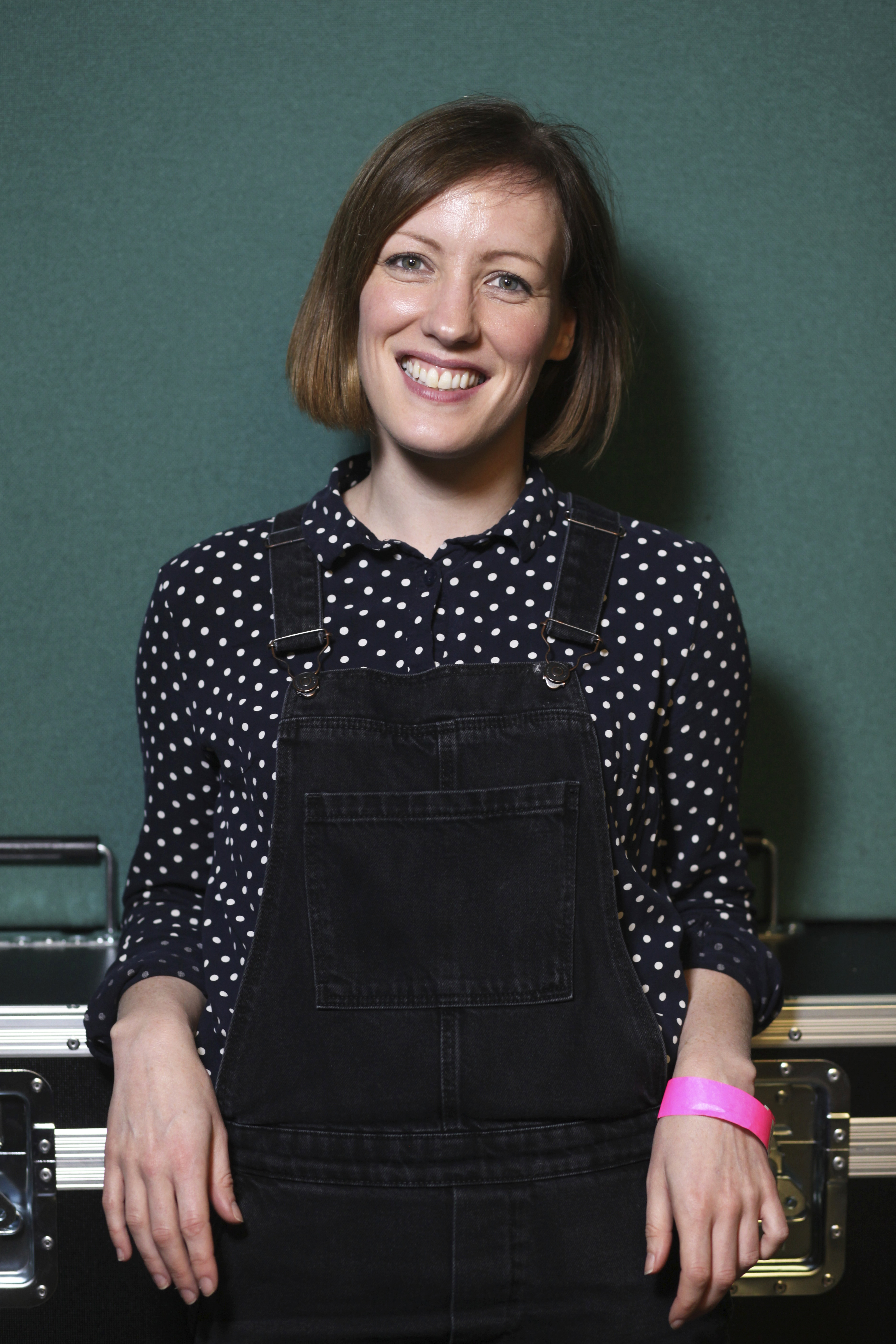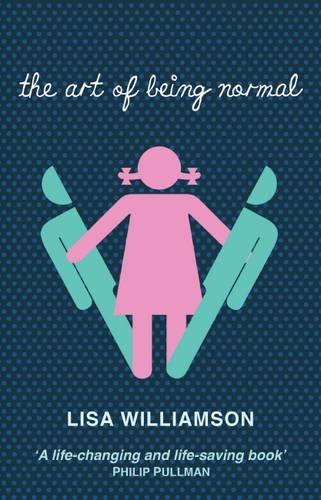I suspect the most important thing writing The Art of Being Normal taught me is that it’s our collective responsibility to tell as wide a range of stories as possible. It’s nothing to do with being brave or ticking boxes, rather a case of looking beyond our own personal experience for ideas that excite or interest us.

The Art of Being Normal is a contemporary young adult novel told from the point of view of two teenagers, one of who is transgender. As a cis-gender female, I'm aware I'm probably a fairly unlikely candidate to write such a book. After all, what do I know; I've always felt comfortable with the gender I was assigned at birth. Six years ago, I had never met a transgender person (as far as I was aware) and beyond the odd newspaper article or television documentary on the subject, I had given very little thought to what it might mean or feel like to be transgender.
Everything changed in August 2010. As a jobbing actor, I relied on office work between acting jobs and through a chance conversation with the daughter of a next-door neighbour, I learned the nearby Tavistock Centre was looking for administrative staff. A few weeks later, I found myself working at the Gender Identity Development Service (GIDS), a unique NHS service based at the Tavistock, for under-eighteens struggling with their gender identity. My first task was to audio type therapy session notes and within hours I was hooked by the stories I heard – happy, sad, painful, triumphant, all of them different, all of them quietly moving. Very quickly, I felt able to put myself in the shoes of these young people and their families. Struck by how alone they often reported feeling, it was impossible not to make a connection to the lack of positive representation of transgender people and issues in the arts and media. It was this realisation that inspired me to try writing from the point of view of a young person exploring their gender identity.
By this point, I’d been working at GIDS for over eighteen months, and writing something entirely different in my spare time. Although The Art of Being Normal is my first published novel, like most authors, it is not the first book I wrote. My first book was a novel for adults about an out of work actor. Although the plot was not based specifically on my experiences, the heroine was undoubtedly a version of me. She looked like me, sounded like me, had a similar background and outlook to me, and even though I kept trying to tell myself she was a fictional creation, deep down I knew I was fibbing. Up to this point, all the stories I’d started and abandoned featured similar lead characters, every one of them ‘me’ in some shape or form. Completing a full-length novel (and having it rejected) finally gave me the freedom to write outside my own experience, and the confidence to start the story that became The Art of Being Normal.

Although I was nervous at first, not telling a soul what I was writing, the nerves were overridden with excitement. he words were tumbling out of me, the characters of David and Leo bellowing to be written in a way I’d never experienced before. With publication a far-off dream, I wrote largely without fear and with little concept of plot or structure. I started off with a series of vignettes, exploring how the characters might react in certain situations, often writing multiple versions of the same scene, experimenting with setting and point of view. Hardly any of what I wrote during these fevered first few months made it into the finished novel. Gradually I began to think about how to sew the scenes I had written together. This was an ongoing process, thousands and thousands of words discarded as I tried different plotlines and devices. Sadly, I am not the most economical writer. I often have to write a scene from start to finish before I’m able to conclude whether it works or not. Every word though, helped me get under the skin of my characters.
The real writing began once I’d left GIDS in September 2012. I topped up the knowledge and insight I’d gained via the job by interviewing transgender adults about their teenage experiences, visiting numerous online forums and watching dozens of YouTube videos. I regularly returned to GIDS to observe group therapy sessions, each time touched by the transformative impact of a group of young people coming together and realising they’re not alone. Although the sessions focused on serious subjects, ranging from depression and anxiety, to sex and body image, they also offered the attendees the opportunity to socialize. Joining in with conversations during the break, it was abundantly clear that although gender identity was a huge part of their lives, it did not define them. They had hobbies and passions to indulge in, relationships to maintain, exam stress to cope with, hopes and ambitions and fears and dreams entirely separate to their gender identity. Above everything else, they were teenagers, navigating the world and figuring out where they might slot in, and it was this experience I wanted to capture. In much the same way, The Art of Being Normal, although about gender identity, is just as much a novel about friendship, family, falling in love and fitting in – themes I suspect we can all relate to.
I think it’s safe to say, had I not fallen into the job at GIDS, The Art of Being Normal would never have been written. Indeed, I might still writing about thirty-something year-old women with dark brown bobbed hair and a tendency to spill food down themselves. Every single day, I’m grateful my life nudged me on the path that ultimately led me to tell David and Leo’s story, in the process opening my eyes to the incredible range of stories just waiting to be told.
Lisa was born in Nottingham in 1980. She spent most of her childhood drawing, daydreaming and making up stories in her head (but never getting round to writing them down). As a teenager she was bitten by the acting bug and at 19 moved to London to study drama at university. Following graduation, Lisa adopted the stage name of Lisa Cassidy and spent several happy and chaotic years occasionally getting paid to pretend to be other people. Between acting roles she worked as an office temp and started making up stories all over again, only this time she had a go at writing them down. Her debut novel, The Art of Being Normal was a bestseller in both hardback and paperback and won the Waterstones Children's Book Award 2016 in the older fiction category. Lisa's second novel All About Mia was published in 2017. In her spare time she reads a lot of books, continues to daydream and eats way too much ice cream.
Comments